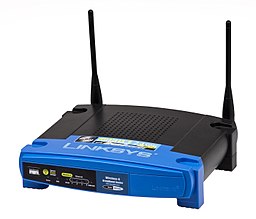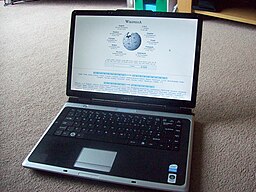Users and Technologies in the Open Web
The World-Wide Web grew quickly starting in the early 1990s, based on researchers' development of the Hypertext Transfer Protocol (HTTP) and the Mosaic graphical web browser (1993). The Web's availability drove popular demand for access beyond closed services. Businesses rushed to build web sites and establish their Internet presence to avoid being overtaken by competitors. More office workers began using computers on an everyday basis, and the numbers of home users grew. Computer literacy and access became popular concerns, as traffic grew on the "Information Superhighway".
Early in the era, desktop PCs were the primary platforms through which users gained access to Internet services. Sometimes, whole families would share a single PC and its modem connection. Subsequently, laptops became increasingly powerful and popular, giving users mobility and convenience when they travelled, commuted, or decided that it was worth the effort of carrying a machine in order to perform some activity. Still, however, access to a computer and the Internet was ordinarily occasional, selective, or frequent, but not continuous.
 Information Security History: A Virtual Overview
Information Security History: A Virtual Overview

